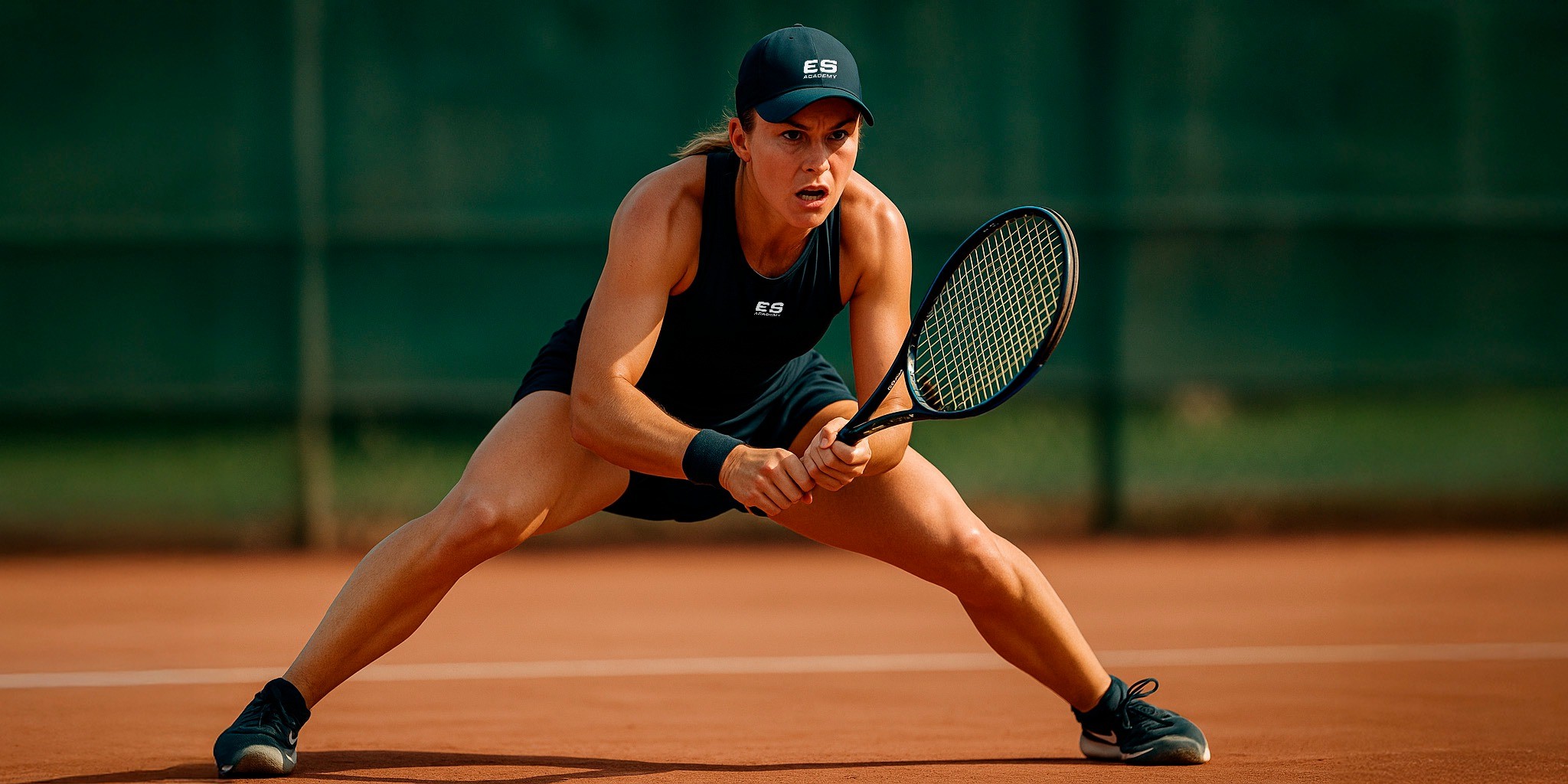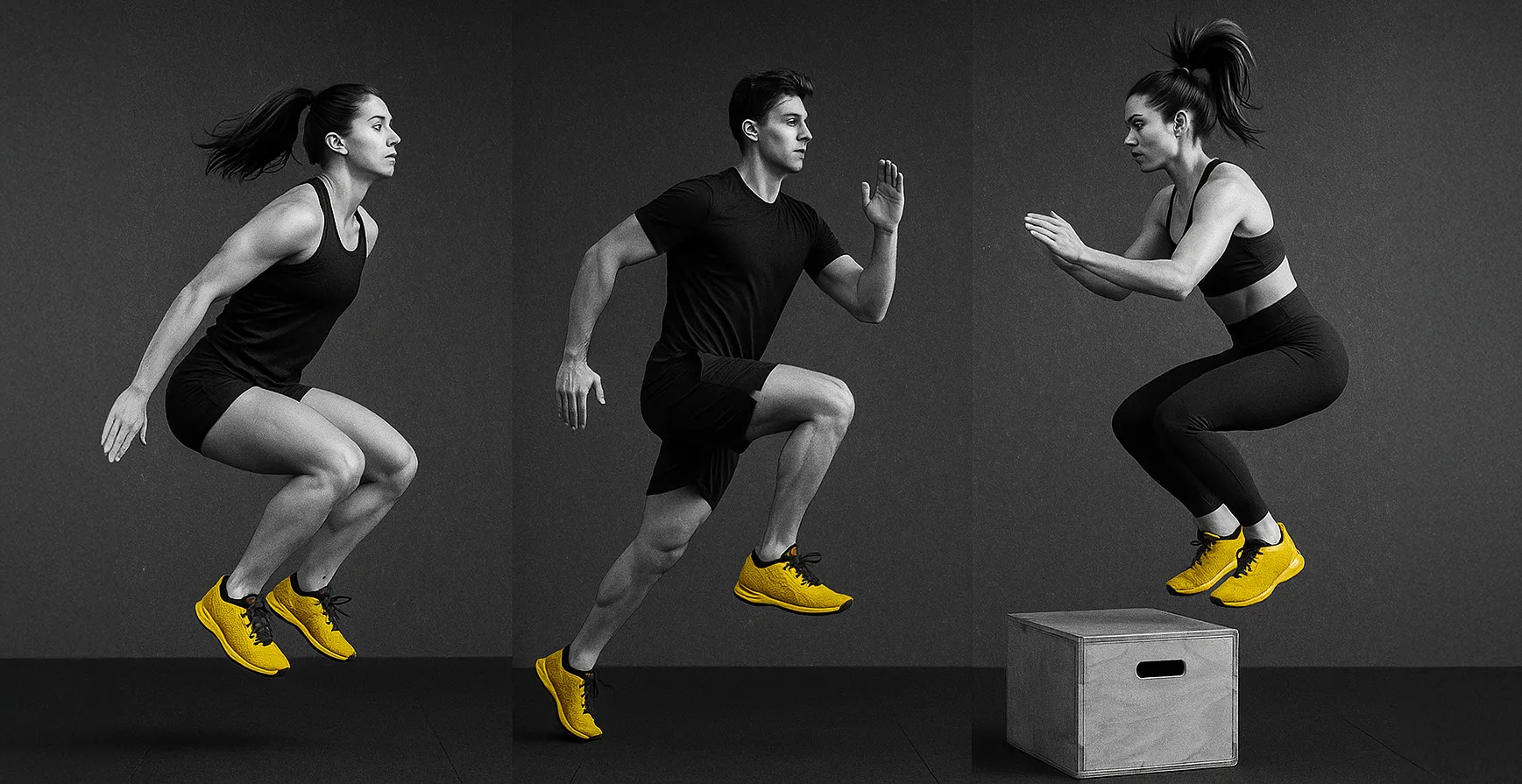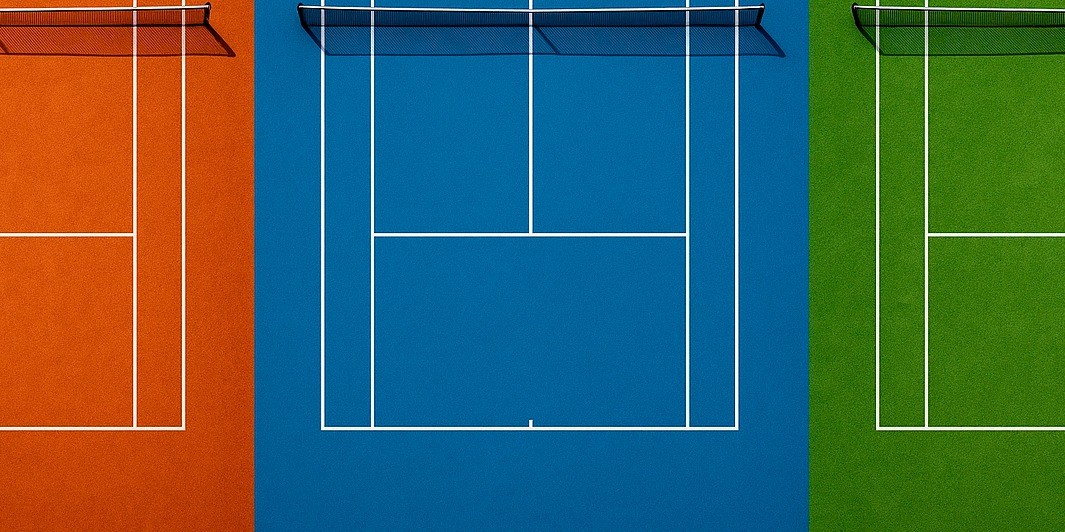
Roger Federer, Rafael Nadal, Novak Djokovic, and Andy Murray. What a privilege it was to witness, live and in real time, this unrepeatable era of p...
Read More
23 May 2025
In modern tennis, where every second counts and each move can mean the difference between winning or losing a point, mastering footwork has become a pillar of high-level performance. It’s no coincidence that elite tennis schools like Emilio Sánchez Academy, based in vibrant Barcelona, make this a daily priority in the development of young players.
The Art of Purposeful Movement
Being fast is not enough. A truly effective player moves with intelligence, balance, and precision. Every step and directional change is designed to position the player perfectly for the next shot. Footwork in tennis is, essentially, the engine that enables anticipation, recovery, and accuracy.
At top tennis schools in Spain, such as Emilio Sánchez Academy, this component is trained holistically: technique, strength, agility, coordination, and decision-making come together in the daily routine of future champions.

Fundamental Movements Every Player Should Master
Before diving into physical drills, it's crucial to understand the essential movements repeatedly used during matches:
Training for Movement: Exercises That Make a Difference
At Emilio Sánchez Academy, physical conditioning includes drills that simulate real match scenarios. Below are routines proven to significantly improve footwork:
Agility, Speed, and Reaction
Explosive Strength and Stability
On-Court Drills with Ball

Beyond the Legs: What Makes Mobility Truly Effective
Great footwork is more than strong legs. It also requires solid technique and game understanding:
A Routine That Transforms Players
At Emilio Sánchez Academy, all of these elements are combined into complete, structured training sessions. A typical session may include:
The secret lies in consistency and variety. Mixing up rhythms, exercises, and sequences keeps the body alert and avoids stagnation.
Conclusion
Well-developed footwork doesn’t just enhance technique—it builds confidence, prevents injuries, and prepares young athletes to compete at a high level. At tennis academies like Emilio Sánchez Academy in Barcelona, movement is treated as a science—one that makes the difference between a promising player and a real competitor. The court is unforgiving, but a well-prepared body always answers. And it all starts… from the ground up.

Roger Federer, Rafael Nadal, Novak Djokovic, and Andy Murray. What a privilege it was to witness, live and in real time, this unrepeatable era of p...
Read More
The bounce of the ball and the height at which it is struck play a crucial role in shaping a player’s style of pla...
Read More
In modern tennis, where every second counts and each move can mean the difference between winning or losing a point, mastering footwork has become...
Read More
La Emilio Sánchez Academy rinde homenaje al doble campeón de oro en los Juegos Paralímpicos de París, el holand...
Read More
La Academia Emilio Sánchez rindió homenaje a Daniel Caverzaschi por su histórica Medalla de Bronce en los Juegos Paral...
Read More